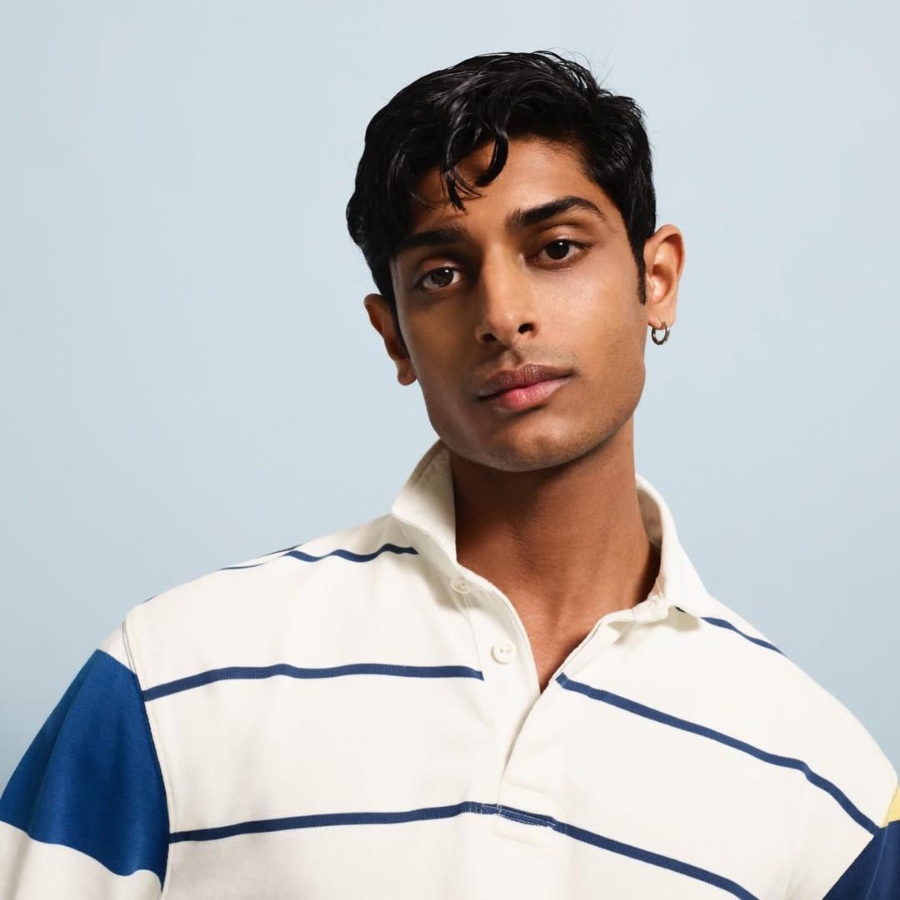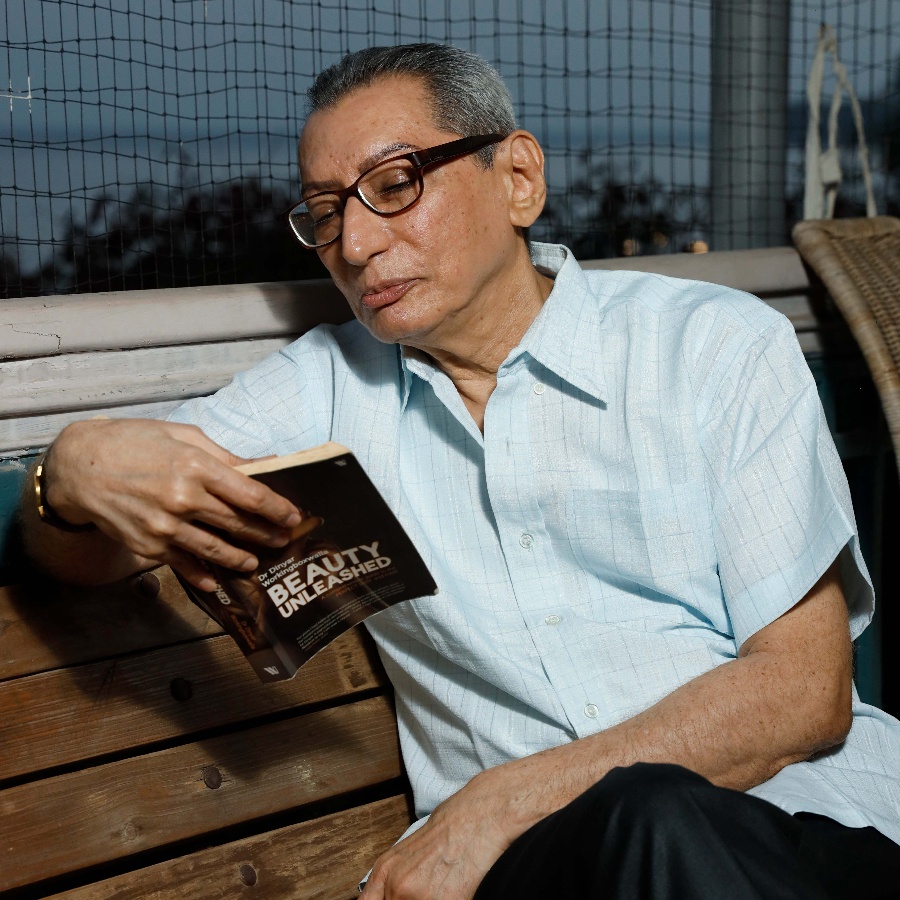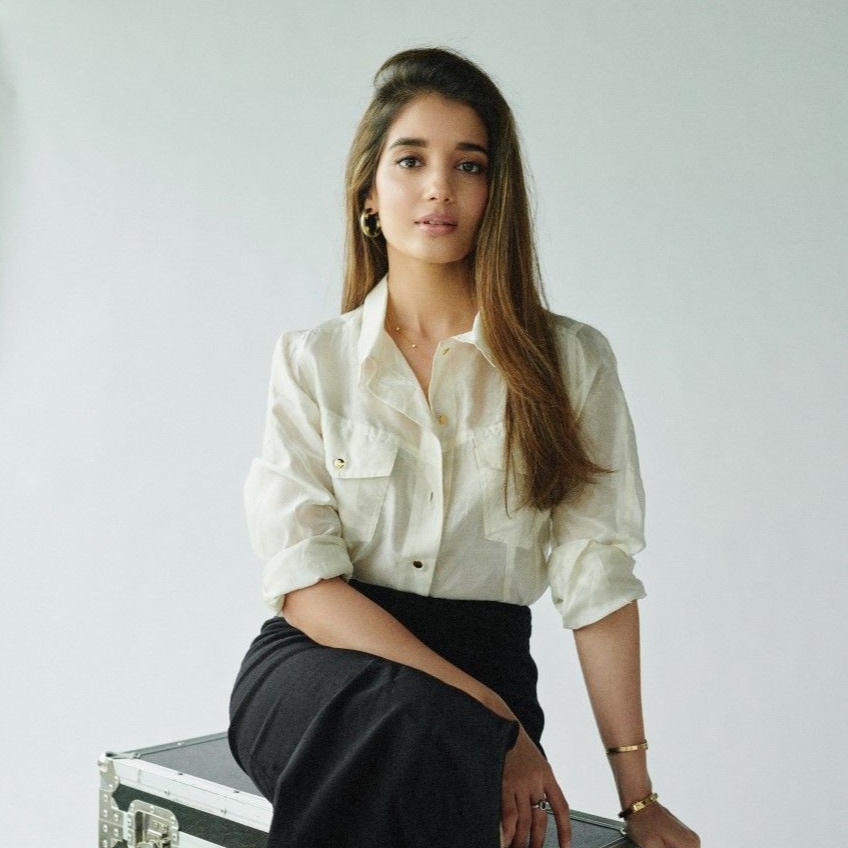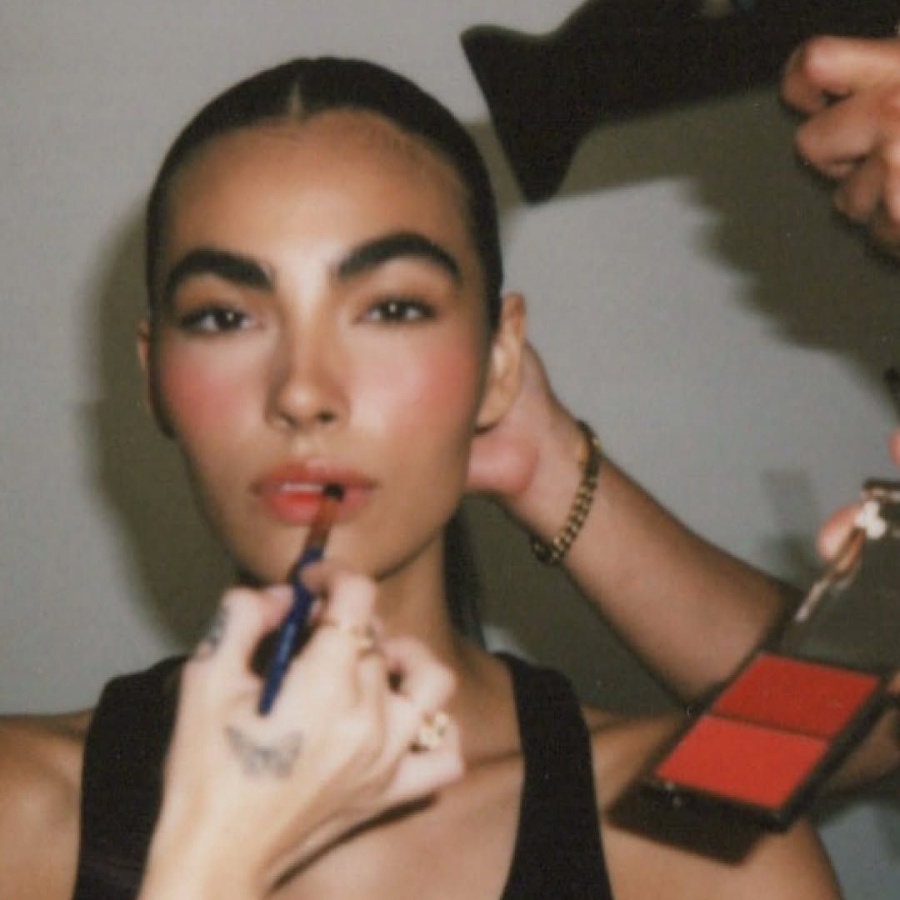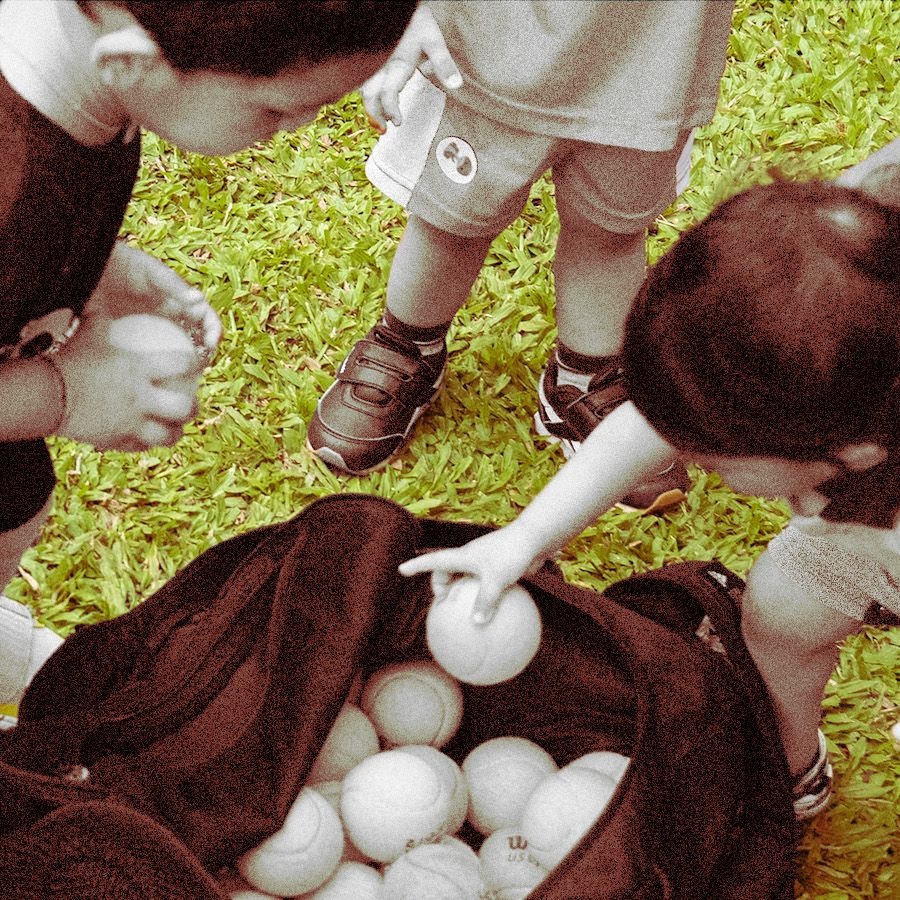Where the name ‘Qaafi’ comes from: “There’s no deep thought behind it. It’s from a phrase that we say colloquially—‘Zyaada nahi, bas qaafi’—not too much, not too little, just enough. I feel like skincare is alternating like a pendulum between two extremes: you’re either going intensive with seven-step Korean routines or very minimal with one product that claims it’s going to solve eight or nine things.”
Updating the Indian skincare playbook: “Qaafi is a contemporary take on this very Westernised reductive notion the world has of Indian skincare. If you can name three Indian beauty brands that are doing well in the West, they’re probably all Ayurveda-focused, talking about kansa guashas hand-welded by artisans in a village near Jaipur or oils passed down five generations before it came to you. I think we’re either mimicking the West or propagating this narrative that in India, instead of cars we’re all hanging out on elephants and chilling in palaces, or there’s a baba or sadhu sitting under a tree. Qaafi is like a quiet rebellion against that. Ayurveda does give you mileage, but it’s not the entire story.”
Not Scandi-minimal, not Indian-maximal: “There’s this sliver of doubt you have—whether to categorise us as minimal or maximal—and that is exactly what we wanted to do with our creative territory. The design is by Erth Co., a brilliant agency based in Mumbai. Having been on the agency side, I know that feedback loops are endless, but with them we locked Qaafi on the very first iteration. It’s so rare to have a creative partner that just gets your vision the second you send the brief. They’re geniuses.”
He’s aware it looks like Subko: “I have gotten feedback that our design is a bit similar, so I’m trying to make sure it feels different, because we’re in a different category. But I do think we have a shared mission. Subko has built an experience with coffee that almost doesn’t feel Indian, although it is deeply Indian. It’s painting a very nice contemporary picture of India on the global stage, and I hope so can Qaafi.”
His North Star brands: “An Aesop hand wash for me is nothing extraordinary, but the perceived value that it holds across the globe is tremendous. To elevate something as simple as a hand wash into the ultimate status symbol in someone’s home—it takes a different breed of brand builders to do that. I also think of the brands that existed when our grandparents used products—like Boroline or Vaseline. It comes in the most boring packaging, but it does the job with no frills. The best lip balms in India can’t compete with what Vaseline Lip Therapy is doing. That’s the beauty of creating a legacy brand—ensuring people have mindful consumption and know why their brand and product exists.”
Why he’s selling hand cream: “If I launch a face wash, what reason does anyone have to buy it beyond just experimentation? To retain a customer, I need to reel them in with something that feels very different, which is why the hand cream. It’s a niche; you wouldn’t expect everyone to carry one, but you’re able to visualise a certain set of people—curators, tastemakers—who don’t leave their house without it. That’s who we’re targeting right now. So, when the world is trying to sell you the same old sunscreens and cleansers, I’m trying to sell you something that you’ve completely ignored, which is hand care. Nécessaire has created the ultimate hand cream and people rave about it. Everyone’s obsessed with the L’Occitane hand cream, but not a lot of people like the 25 per cent shea butter, because their hands sweat. We’ve made one with just the right amount of shea butter so it can withstand the weather. It has cica exosomes, ceramides, niacinamide, and peptides, and can stand toe to toe against it and compete with every international brand. This is the time for us to set an impression and build a community of folks who appreciate nuances, because that market does exist in India. You’re seeing stationery brands selling Bento Jots for ₹10,000, I see people who can’t even run a kilometre wearing a Whoop, which is an expensive product by Indian standards because it works on a subscription model. The market is there.”
Why he killed one of his first products: “I stopped the scalp serum because I was competing with people who claimed your hair would grow back in 14 days if you used their oil. Even though our scalp serum did well, I realised that to market it more extensively, I’d also have to make inflated claims. I would much rather not sell that product than sell something in a manner that’s not genuine.”
The unexpected hit: “We were recently stocked at the One Amazing Thing pop-up by Brown Paper Bag, and someone picked up six of our soap bars together. And I was like, are you kidding? Because each soap is priced at ₹750 and paying that for a 100 gram bar of soap is unheard of, but the fragrance and packaging were good enough for people to want to buy it. It proved that people get what we’re doing.”






